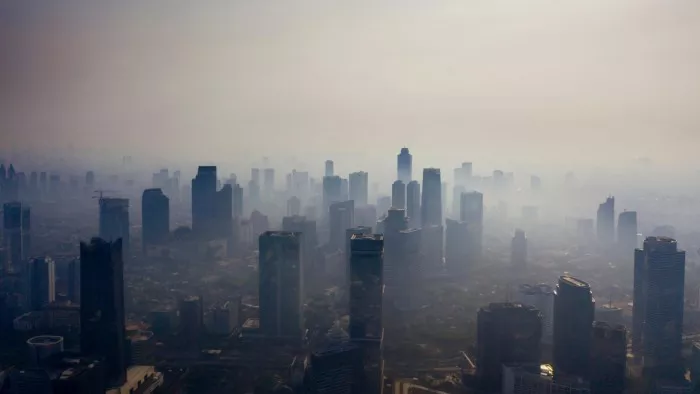
The global assessment report (gar2022) released by the United Nations Office for disaster risk reduction (undrr) before the global platform for disaster risk reduction in May shows that 350 to 500 medium and large-scale disasters have occurred every year in the past 20 years. By 2030, the number of disaster events is expected to reach 560 per year - or 1.5 disasters per day.
Gar2022 attributed these disasters to the lack of risk awareness based on "blind optimism, underestimation and arrogance", and the policy, financial and development decisions made on this basis exacerbated the existing vulnerability and put mankind in a precarious situation.
"The world needs to do more to integrate disaster risk into our way of life, construction and investment, which has plunged mankind into a vortex of self destruction," said Amina J. Mohammed, Deputy Secretary General of the United Nations, when introducing the report at the United Nations headquarters in New York
"We must turn our collective complacency into action. As we strive to achieve sustainable development goals for everyone around the world, we can work together to reduce the incidence of preventable disasters."
The report, entitled "our world is at risk: creating a resilient future", found that the implementation of the disaster risk reduction strategy, as required by the Sendai framework for disaster risk reduction 2015-2030, has reduced the number of people and deaths affected by disasters over the past decade.
However, the scale and intensity of disasters are increasing, and more people have died or been affected by disasters in the past five years than in the previous five years.
The impact of disasters on developing countries is disproportionate. On average, these countries lose 1% of GDP due to disasters every year, while the loss rate of developed countries is 0.1% - 0.3%. The most costly is the Asia Pacific region, which loses an average of 1.6% of GDP annually due to disasters, while the poorest people in developing countries also suffer the most.
The long-term impact of disasters also includes a lack of insurance to help recovery efforts to rebuild better. The report states that since 1980, only 40 per cent of disaster related losses have been insured, while insurance coverage in developing countries is often less than 10 per cent, sometimes close to zero.
"Disasters can be prevented, but only when countries invest time and resources to understand and reduce their risks," said Mami mizutori, special representative of the Secretary General for disaster risk reduction and head of the United Nations Disaster Risk Assessment.
"By deliberately ignoring risks and failing to incorporate them into decision-making, the world is actually financing its own destruction. From governments to key sectors of development and financial services, it is urgent to rethink how they view and deal with disaster risks."
A growing area of risk revolves around more extreme weather events caused by climate change. Based on the call made at the 26th United Nations Climate Change Conference (cop26) to accelerate adaptation efforts, gar2022 shows how policymakers can protect development and investment from climate impact. This includes reforming national budget planning to take into account risks and uncertainties, while also reconfiguring the legal and financial system to encourage risk reduction. The report also provides examples that countries can learn from, such as the innovative fuel carbon tax introduced by Costa Rica in 1997, which helps to reverse deforestation, which is a major driver of disaster risk and benefits the economy. In 2018, 98% of Costa Rica's electricity came from renewable energy.
Gar2022 was drafted by a team of experts from around the world and reflects the expertise in various fields required to understand and reduce complex risks. The conclusions of the report will be incorporated into the midterm review of the implementation of the Sendai framework, including national consultations and a review of national performance in terms of the goals, targets and priority actions of the Sendai framework.
"With the midterm review of the Sendai framework, this report should be a wake-up call. Countries need to accelerate action on the four priorities of the framework to stop the spiral of disasters," mizutori said
"The good news is that since human decision-making is the biggest factor affecting disaster risk, we have the ability to significantly reduce the threat to humanity, especially to the most vulnerable among us."